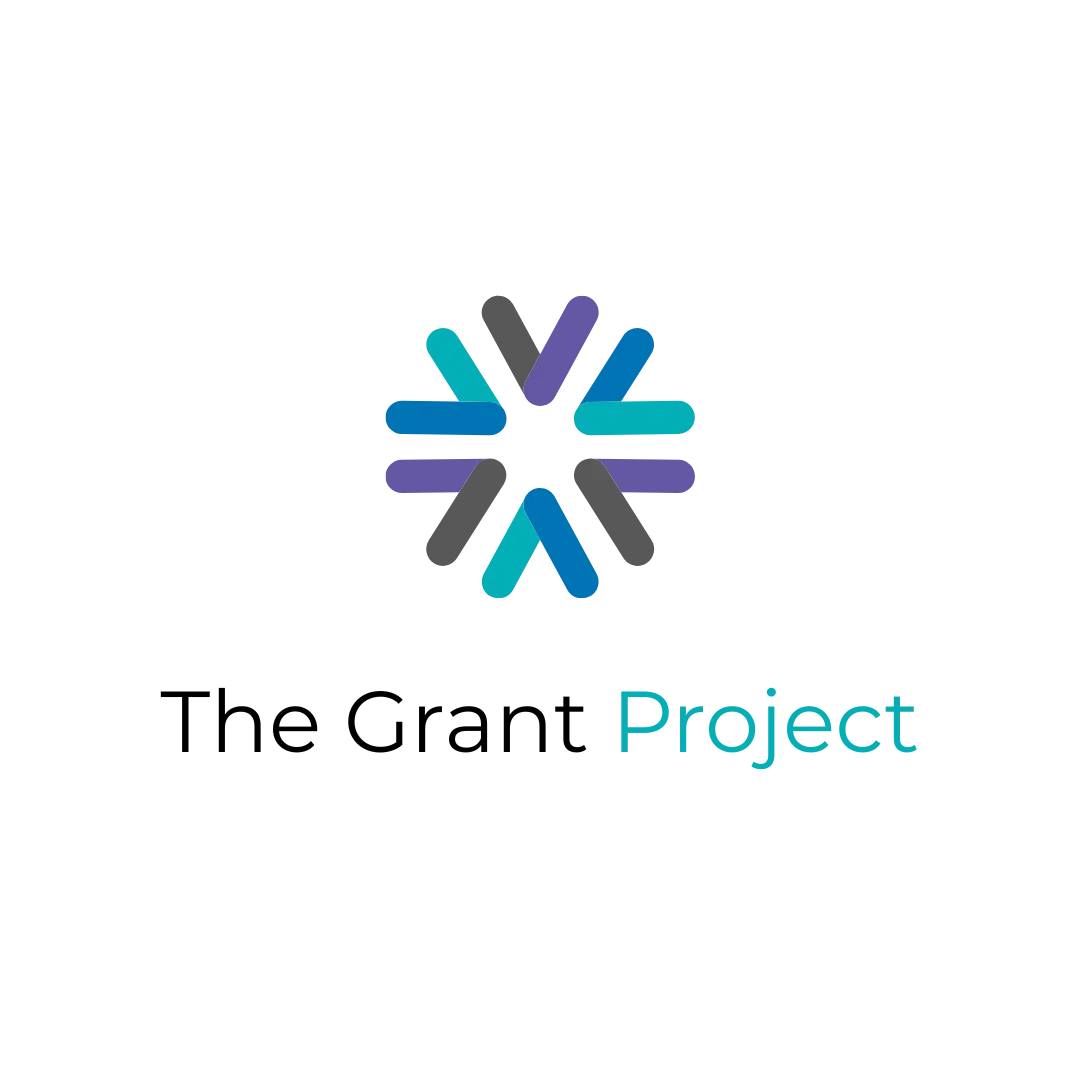
The Grant Project's Three Pillars: Strategy, Systems, and Skills.
The Grant Project's Three Pillars: Strategy, Systems, and Skills. A Framework for Grant Success
In today's volatile funding landscape, organizations face unprecedented challenges that test their grant readiness and resilience. Government shutdowns disrupt application timelines, federal funding priorities shift rapidly, and compliance requirements evolve constantly. Whether serving as a nonprofit advancing community programs or a local government delivering essential services, success requires more than just well-written proposals— it demands a comprehensive foundation built on three interconnected pillars.
The Grant Project's framework centers on Strategy, Systems, and Skills. These are the three fundamental pillars that create sustainable grant success. This approach transforms reactive funding pursuit into proactive organizational strength, enabling entities to navigate uncertainty while maximizing their impact and sustainability.
The First Pillar— Strategy
Strategic grant planning forms the cornerstone of sustainable funding success. Organizations that approach grants strategically don't chase every opportunity; instead, they align funding pursuits with organizational mission, capacity, and long-term objectives.
Building Strategic Alignment
Effective grant strategy begins with comprehensive organizational assessment. This involves evaluating current programs, identifying gaps, and determining where external funding can create the greatest impact. For nonprofits, this might mean examining how grant-funded initiatives support their mission while building operational capacity. Local governments must consider how grant programs align with community needs, municipal priorities, and existing infrastructure.
Strategic planning also requires understanding the funding ecosystem. Different funders have distinct priorities, application cycles, and requirements. Federal agencies often focus on broad national initiatives, while foundations may target specific populations or geographic areas. State and local funding sources frequently emphasize regional priorities and community partnerships.
Responding to Funding Volatility
The strategic pillar becomes particularly crucial during periods of uncertainty. When government shutdowns threaten or budget cuts reshape funding priorities, organizations with strong strategic foundations can adapt quickly. They maintain diversified funding portfolios, understand multiple funding streams, and have contingency plans for various scenarios.
Strategic organizations also monitor policy changes and funding trends proactively. They participate in professional networks, attend briefings, and maintain relationships with program officers. This intelligence gathering enables them to anticipate changes and position themselves advantageously when new opportunities emerge.
Long-term Strategic Planning
Successful grant strategy extends beyond individual applications to encompass multi-year planning. Organizations identify which programs require ongoing support, which initiatives need one-time capital investments, and how different funding sources can work together synergistically. This approach prevents the common trap of grant dependency while building sustainable program models.
The Second Pillar— Systems
Robust systems provide the operational backbone that transforms strategic vision into successful grant management. These encompass everything from application tracking to compliance monitoring, financial management to performance measurement.
Grant Management Infrastructure
Effective grant management systems begin with organized tracking of opportunities, applications, and awards. This includes maintaining detailed calendars of application deadlines, reporting requirements, and renewal dates. Strategic organizations leverage technology to automate routine tasks, send deadline reminders, and maintain comprehensive grant portfolios.
Financial systems must handle the complexities of grant accounting, including fund restrictions, cost allocation, and compliance requirements. Organizations need procedures for tracking expenditures against approved budgets, managing cash flow, and preparing accurate financial reports. For entities managing multiple grants, sophisticated systems prevent commingling of funds and ensure proper documentation.
Compliance and Risk Management
Grant compliance represents one of the most critical system components. Organizations must maintain procedures that ensure adherence to federal regulations, funder requirements, and internal policies. This includes understanding concepts like Negotiated Indirect Cost Rate Agreements (NICRA), proper documentation of expenses, and maintenance of required records.
Risk management systems identify potential compliance issues before they become problems. Regular internal audits, staff training programs, and clear accountability structures help prevent violations that could jeopardize current and future funding.
Performance Monitoring and Evaluation
Strong systems include robust data collection and analysis capabilities. Organizations must track program outcomes, measure performance against established benchmarks, and document impact for funders and stakeholders. This requires identifying appropriate metrics, implementing data collection procedures, and maintaining systems that support both compliance reporting and program improvement.
Adaptation During Disruptions
When external disruptions occur, such as government shutdowns or sudden policy changes, organizations with strong systems can respond effectively. They have backup plans for staff coverage, alternative communication channels, and procedures for managing delayed funding or changed requirements. These systems provide stability when external conditions become unpredictable.
The Third Pillar—Skills
Human capacity represents the dynamic element that brings strategy and systems to life. Organizations succeed when their teams possess the knowledge, abilities, and experience necessary to navigate the complex world of grant funding effectively.
Core Competency Development
Grant success requires specific skill sets that span multiple disciplines. Writing abilities remain fundamental, but modern grant work also demands project management, financial analysis, evaluation design, and stakeholder engagement capabilities. Organizations must assess their current capacity honestly and identify areas needing strengthening.
Technical skills include understanding grant application platforms, compliance requirements, and reporting systems. Staff must stay current with evolving regulations, new funding opportunities, and changing funder priorities. This requires ongoing professional development and participation in training opportunities. Grant professionals process skills far beyond just grant writing.
Institutional Knowledge and Continuity
Successful organizations build institutional knowledge that transcends individual staff members. They document processes, maintain relationship histories, and create systems that preserve critical information even when staff turnover occurs. This institutional memory becomes particularly valuable during challenging periods when experienced staff guidance helps navigate complex situations.
Cross-functional Collaboration
Modern grant management requires collaboration across organizational functions. Program staff must work effectively with finance teams, development personnel, and executive leadership. This collaborative approach ensures that grant-funded activities align with organizational capacity and that all stakeholders understand their roles in successful grant management.
Adaptive Learning
The skills pillar emphasizes continuous learning and adaptation. Organizations that invest in staff development create teams capable of responding to new challenges and opportunities. This includes formal training, conference attendance, peer learning networks, and mentorship programs.
How the Three Pillars Work Together
The true power of this framework emerges when all three pillars function cohesively. Strategy guides decision-making, systems provide operational support, and skills enable effective implementation. This integration creates organizational resilience that can weather various challenges.
Addressing Current Challenges
Consider how this integrated approach addresses today's major challenges:
Government Shutdowns: Organizations with strong strategy maintain diversified funding portfolios that reduce dependence on any single source. Robust systems include contingency procedures for delayed funding or changed timelines. Skilled teams can quickly adapt proposals and manage stakeholder communications during uncertain periods.
Changing Federal Priorities: Strategic organizations monitor policy developments and maintain flexibility in their funding approaches. Their systems can quickly pivot to new requirements or opportunities. Skilled staff can rapidly assess new funding streams and adapt existing programs to align with emerging priorities.
Increased Competition: The integrated framework enables organizations to develop more competitive proposals by combining strategic positioning, systematic preparation, and skilled execution. This comprehensive approach creates sustainable competitive advantages.
Implementation and Continuous Improvement
Building strength across all three pillars requires intentional effort and ongoing commitment. Organizations should assess their current capacity in each area, identify priority improvement areas, and develop action plans that address gaps systematically.
Regular evaluation ensures that the framework remains effective as conditions change. Organizations should periodically review their strategic alignment, update their systems, and invest in skills development. This continuous improvement approach maintains organizational readiness for whatever challenges or opportunities emerge.
Building Grant Success Through Professional Partnership
While organizations can develop these capabilities internally, many find that professional consulting accelerates their progress and provides expertise that would be costly to develop in-house. The Grant Project specializes in helping organizations strengthen their strategic foundation, implement effective systems, and build essential skills.
The complexity of modern grant management, combined with rapidly changing requirements and increased competition, makes professional guidance particularly valuable. Organizations can focus on their core missions while ensuring their grant management capabilities remain current and effective.
Conclusion
The Grant Project's Three Pillars framework provides a comprehensive approach to grant success that transcends individual applications or funding cycles. By building strength in Strategy, Systems, and Skills, organizations create sustainable capabilities that serve them through various challenges and opportunities.
This framework enables organizations to move beyond reactive grant pursuit toward proactive funding management. Whether addressing immediate challenges like government shutdowns or positioning for long-term success amid changing federal priorities, the three pillars provide the foundation necessary for grant excellence.
Organizations ready to strengthen their grant capabilities and build lasting success should consider how professional consulting can accelerate their progress. The Grant Project offers specialized expertise in developing strategic frameworks, implementing effective systems, and building essential skills that create sustainable grant success for both nonprofits and local governments.
Ready to transform your nonprofit or local government's approach to grant funding? Subscribe to The Grant Project Newsletter below for expert insights, funding opportunity alerts, and proven strategies that help communities secure the resources they need to thrive.

